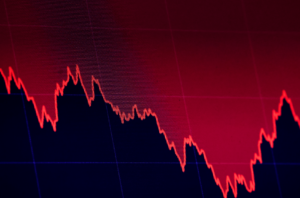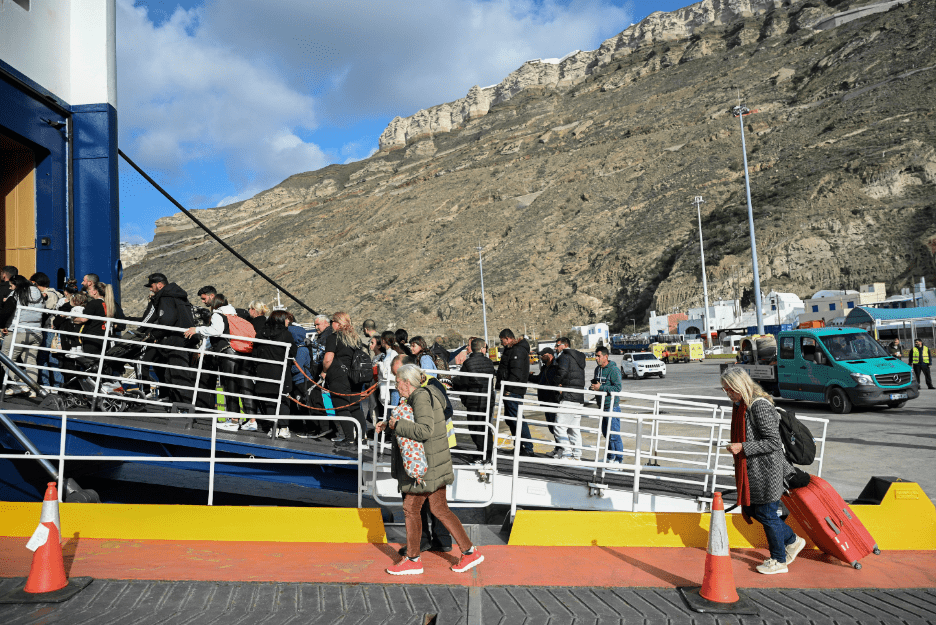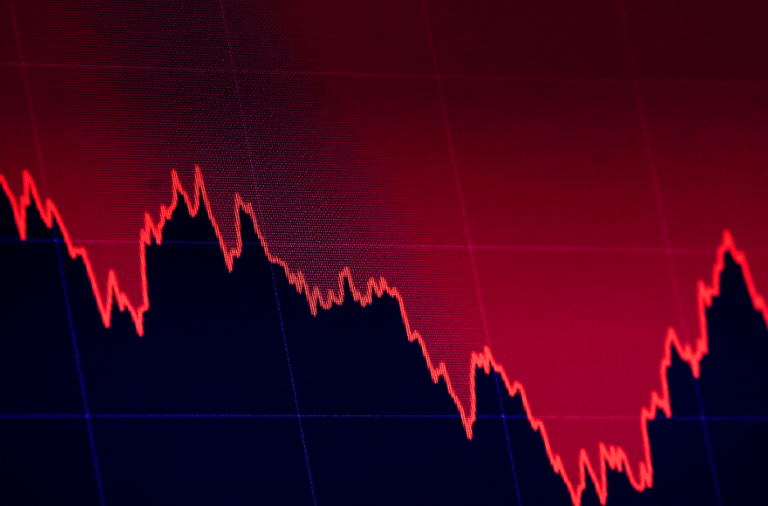Greek authorities have declared a state of emergency on the island of Santorini following a series of earthquakes, the strongest of which registered a magnitude of 5.2 late Wednesday. The seismic activity, ongoing since last week, has prompted thousands of residents to leave the island, while officials have deployed emergency response teams as a precaution.
The emergency declaration, in effect until March 3, aims to manage the situation and address potential risks, according to local reports. Despite the frequency and strength of the tremors, no significant damage has been reported so far.
Unusual Seismic Activity Raises Concerns
Santorini, a popular tourist destination known for its picturesque landscapes and volcanic history, regularly experiences minor earthquakes. However, experts have noted that the current pattern of seismic activity is atypical. Instead of a large earthquake followed by diminishing aftershocks, the region has seen an increase in both the magnitude and frequency of tremors over time.
Rémy Bossu, secretary-general of the European-Mediterranean Seismological Center, described the phenomenon as “very unusual,” adding that it does not follow the typical pattern observed in the region.
Greece’s Earthquake Planning and Protection Organization has indicated that the activity may persist for several more weeks. Scientists have not ruled out the possibility of a stronger earthquake but emphasize that precise predictions remain impossible.
Government Response and Public Reaction
Greek Prime Minister Kyriakos Mitsotakis visited Santorini on Friday to assess emergency measures and urged residents to stay calm. Civil Protection Minister Vassilis Kikilias echoed this message, advising residents to follow expert guidance and official safety protocols.
While no official evacuation order has been issued, many residents have already left the island. Authorities estimate that more than 11,000 people have departed since last Friday, traveling by plane and ferry. Emergency vessels and military landing craft have been stationed nearby in case a large-scale evacuation is needed.
Local officials have taken precautionary measures, closing schools, restricting access to certain areas, and suspending public events. While there are no indications that the earthquake swarm is linked to volcanic activity, monitoring efforts have increased.
Santorini’s Volcanic History
Santorini sits atop an active volcanic region known as the Hellenic Volcanic Arc. Although the island’s volcano has not erupted since 1950, it was the site of one of the largest recorded volcanic events in history around 1620 B.C., which reshaped the island’s landscape.
Greek seismologists have reassured the public that there is no immediate risk of a volcanic eruption. However, experts continue to monitor seismic and volcanic indicators closely.












